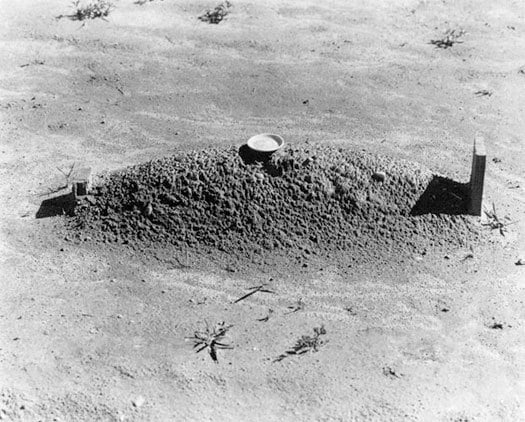What makes good architecture or a good architect? Architecture is often judged by aesthetics, but this does not always distinguish one architect from another, nor a good one from a bad one.
What does the licensure, the regulations, and contractual systems that surround architecture cause? How do these legal mechanisms allow architects to be accountable, to have a duty to the public, and guide a decision-making process, regardless of whether they are good or bad?
We want to redefine - or at least clarify - the good of architecture and the way we see architecture as a framework through which to affect change; or any other functions of the profession, that we perhaps don’t currently recognise. We see the profession as a construct that requires robust and productive critical discourse, to evolve, and to do good.
What does the licensure, the regulations, and contractual systems that surround architecture cause? How do these legal mechanisms allow architects to be accountable, to have a duty to the public, and guide a decision-making process, regardless of whether they are good or bad?
We want to redefine - or at least clarify - the good of architecture and the way we see architecture as a framework through which to affect change; or any other functions of the profession, that we perhaps don’t currently recognise. We see the profession as a construct that requires robust and productive critical discourse, to evolve, and to do good.
- The Good
- How do you define a ‘good’ architect?’
- How do you distinguish a ‘good’ person from a ‘good’ architect?
- How do you define ‘good’ architecture?
- How does the Architecture Profession provide a framework for ‘good’ architecture, rather than relying on the individual person?
- How can we encourage the good in architecture?
- Resources
- About
References








FIG.01 The Great Fire of London, depicted by an unknown painter, 1675
FIG.02 Photo ofA Child’s Grave, Hale County, Alabama, taken Walker Evans for the Farm Security Administration, 1936
FIG.03 Christopher Wren's hand from a portrait by Godfrey Kneller, 1711
FIG.04 Christopher Wren, ‘The Monument’, London, 1723
FIG.05 extract from the Victorian Gazette Architects Act, State Library of Victoria, 1922
FIG.06 Louis XIV Visiting the Royal Academy of Sciences, Sébastien Leclerc, 1671
FIG.07 Joseph Mallord William Turner, The Fift Plague of Egypt, oil on canvas, Indianapolis Museum of Art, 1800
FIG.08 Joseph Kosuth, One and Three Chairs, 1965